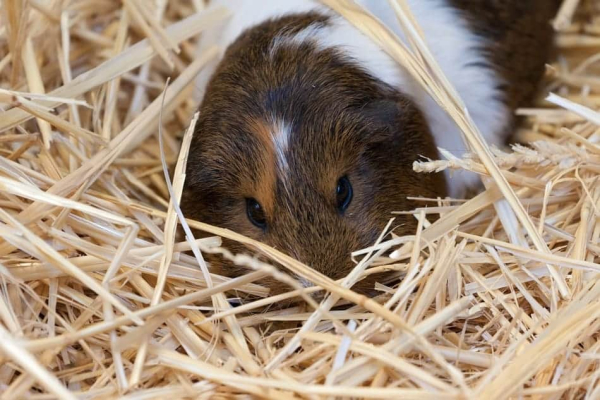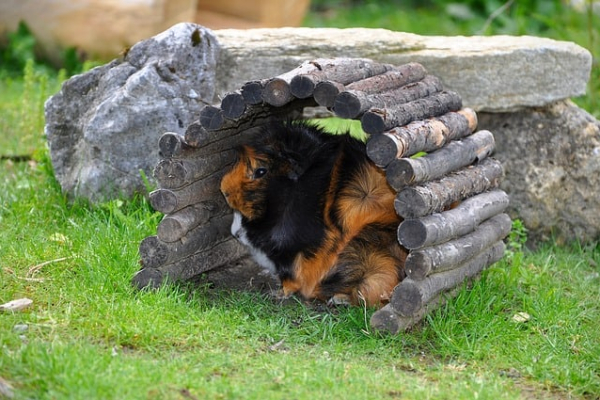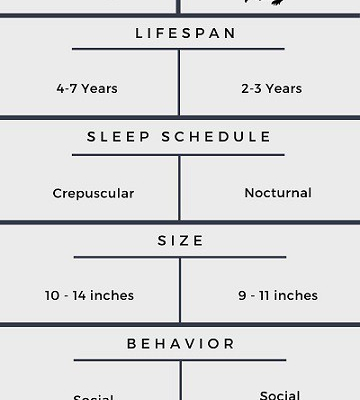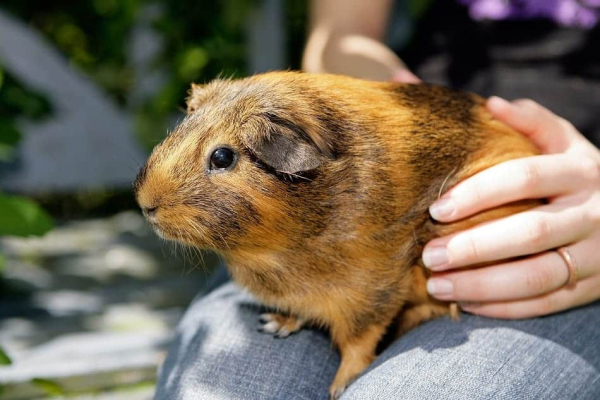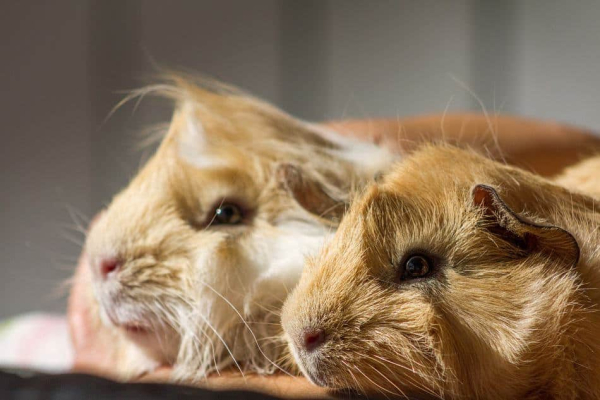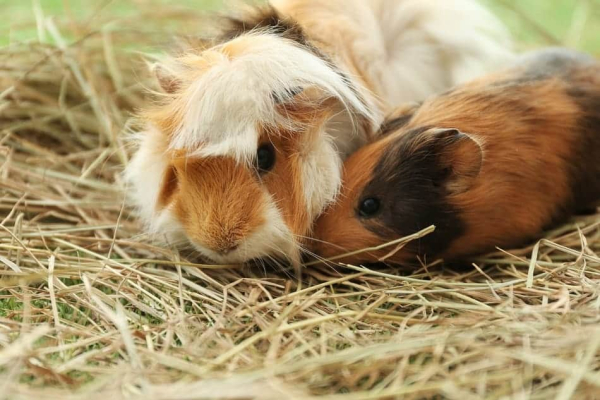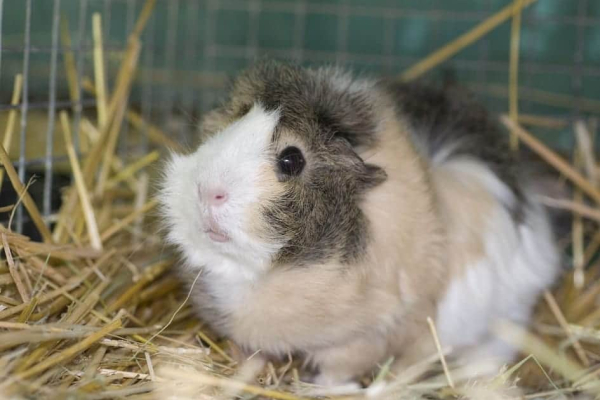
When the sun is getting hotter, the days are getting longer, and colorful flowers appear in the garden, it’s hard to resist the urge to show guinea pigs at least a fraction of nature. Outdoor runs can be a great adventure for them.
Such circumstances are conducive to physical play, which prevents obesity and also supports the synthesis of vitamin D. However if you don’t correctly prepare an outdoor enclosure for your little ones, you can expose them to cystitis, pneumonia, colds, or even… worst of all… kidnapping,,,,
[toc]
Guinea pigs are pets with which you can go for a walk. However, it is worth remembering that our little companion is not a dog! A pet rodent should not, therefore, require obedience. A walk together should be organized so that it is not only pleasant but also safe. In this case, harnesses can be helpful.
Why is it a good idea to take your guinea pig to the backyard?

A guinea pig certainly cannot spend its entire life in a cage. Even if we have tried to make its dwelling large enough, this pet must be able to go outside. Our little pets are natural explorers. They love to explore new things and feel bad when stuck in confinement for a long time.
Controlled wandering around the apartment is a good option. A three-hour leisurely stroll is a daily minimum for a piggy! If only the weather is good, we can also take our cuddly piggy to the backyard.
Deciding on a “walk” with a small companion, you should remember that the guinea pig is an agile and fast creature. In its natural environment, it efficiently escapes from predators hunting it. It only takes a moment of inattention for the animal to dive under a fence or into dense bushes. Letting a pig loose often results in the irretrievable loss of the family companion.
An aviary placed in the garden takes care of the problem – our pet can safely spend pleasant moments in the fresh air. If you do not have such an accessory, you can opt for a guinea pig harness.
How to prepare a guinea pig for the outdoors?

A guinea pig enclosure outdoors – when to organize it?
Consider a few factors before enthusiastically moving your guinea pigs to the backyard.
Ground temperature
Your guinea pigs’ bellies are several inches above the ground. They have spent the last few to several months in a warm, heated home. They are also extremely delicate and not very disease-resistant animals. To sum it all up, it’s safe to say: just because humans are already warm doesn’t mean your guinea pigs will feel the same way.
The ground doesn’t warm up in the same way as the air – it takes longer. How do you know when its temperature is safe for your guinea pigs? The best way, quite simply, is to go barefoot! Observe the lawns in your area.
Stand on them without socks if they haven’t had a frost in about 4 weeks (including at night). As hard as it sounds, you will feel the temperature as your pets do. Check it both in the sun and in the shade. Not getting cold? Move on to step two.
Air temperature

Guinea pigs, unfortunately, get heatstroke quite often. On the other hand, it’s not hard to give them a cold or inflammation. Therefore, when it feels like summer outside, it’s better to put the excitement aside and consider whether a visit out will definitely not harm your pets.
Neither 15°C nor 18°C is a temperature your pet will feel comfortable with. What’s more, depending on the situation, so might those above 25°C. In that case, what weather conditions might be a green light for your kawaii to go for a walk?
Ideally, the outdoor temperature should be around 20 – 25°C (considering the ground temperature). Also, absolutely avoid intense wind or rain, even if it is hot. When the natural heat comes, leave your piggies indoors with air conditioning or, for example, cooling pads with covers.
The presence of dew
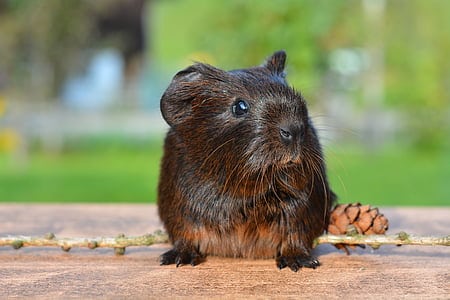
The last but not least important aspect that must not be forgotten. Guinea pigs should not eat wet grass because it can cause bloating and diarrhea, which sometimes can be really dangerous. Therefore, always check that the morning dew has disappeared from the grass before taking them outside for a run. Also, allow them to go for walks only when the grass has dried after previous rainfall.
What is the best harness for a guinea pig?
When choosing a harness for a pet rodent, we should ensure its proper size. Pigs can vary significantly in size. So before buying, it is good to measure the length of the pet’s back and its waist circumference. The best solution is the adjustable harness. We can comfortably adjust their size to our needs. It is also worth paying attention that they can easily be fastened. For a soft coat of the domestic rodent, the best models are finished with a soft lining inside.
How should a “walk” with a guinea pig look like?

The rodent dressed in a harness and attached to the leash may resemble a dog. In fact, this domestic pet has little in common. The properly worn saddle can ensure the safety of our cud, but we must learn how to use it properly.
Going for a walk with a piggy, despite appearances, does not mean taking her to a busy city street. This, for our little one, is always a dangerous place. Therefore, walking with the rodent is possible only when we want to do it in the garden at home or on a quiet, secluded lawn.
A harness for a guinea pig is an accessory that should be used very carefully. This animal certainly will not learn to walk by the leg. In addition, it has such a delicate spine that we have to forget about pulling on the leash. Attached to the harness string should always leave a fair amount of slack for the pig. If we notice that the pet intends to run away, we do not stop him by force.
It will be much safer to bend down and take the little one in your arms. The harness will help us take care of the pet’s safety. But let’s resign from training the rodent and marking trails. We must carefully follow our little companion on such a walk, allowing him to freely explore the area.
An outdoor run for guinea pigs – where should it stand?

NOTE: At the outset, it must be noted – absolutely do not walk your little domestic companions in harnesses and in an unfenced area. The first solution will strain their delicate, elongated spine even with slight tension, not to mention a sudden jerk.
It is also easy to get out of the harness when the animal panics. The second situation is really playing with fire. Guinea pigs are skittish – mother nature programmed them that way. They can suddenly run away (even if they’ve never done so), but they can also hit the teeth of a cat or a bird of prey in the blink of an eye.
The only reasonable solution is a decent, well-attached enclosure. This can be a few trellises from which you form a space for them or an aviary with wooden elements. The most important thing, however, is that:
- it is sheltered from above from predators (and possible jumping of your pets),
- part of its roof provides shade and shelter (sometimes it is enough to cover the top with a cloth),
- It was the right size – no smaller than a cage.
- The enclosure walls were driven into the ground – remember that the wild cousins of your pigs live in burrows. They are great at digging and squeezing through the cracks.
Where to put an enclosure for guinea pigs?

Definitely DO NOT
Parks and public places (there are droppings of other animals and ticks), meadows (there are insects, ticks, vipers, and plants harmful to them), and lawns that may have been fertilized (some fertilizers are deadly for them).
In other words
unless you have your own unsprayed garden or know someone who will lend you one, leave your piggies at home. Also, check for other plants somewhere between the grass leaves that may also be poisonous in a protected garden. If you find them, search the internet and determine if they are harmful to your pets. However, the safest thing to do is to choose a regular lawn and scatter rodent-safe treats on it.
A run for guinea pigs outside – what to put in the enclosure?

All the previous points checked and fulfilled? Excellent – time for the most enjoyable part, arranging a playground for your guinea pigs. Of course, the very change of environment will be exciting for them, so you don’t have a place it if you don’t want to.
The most important thing is to have a bowl or a drinker with freshwater (check from time to time if it’s still cool and no insects drown in it) and a shelter – e.g., a house (preferably smelling like a cage, its smell will provide a sense of security).
Remember not to take up too much space in the enclosure. Only in an open space will your piggies be able to have a decent run. However, any tunnels, toys, or obstacles will always be welcome. And don’t forget to provide access to hay – ideally in a feeding trough, but if you don’t have a long run, you can scatter it in one area of the enclosure.
Finally

Never leave your pigs outside alone. You never know what they or other animals will come up with. There have been known cases, for example, of cats hunting birds in cages. Also, don’t forget the cleverness of the cavies themselves. It only takes a moment to dig under the enclosure if they get the idea. Better a short and safe section a few times a year than many uncontrolled ones that will end in tragedy.

